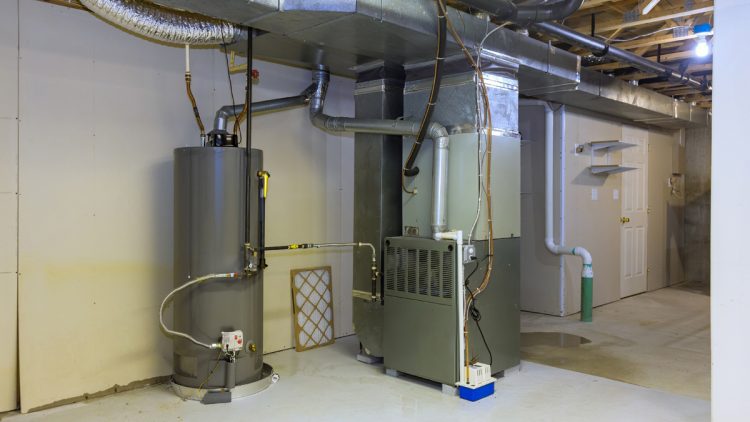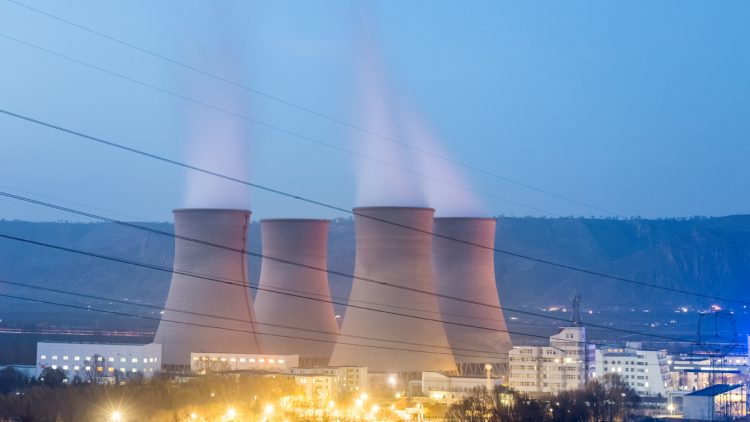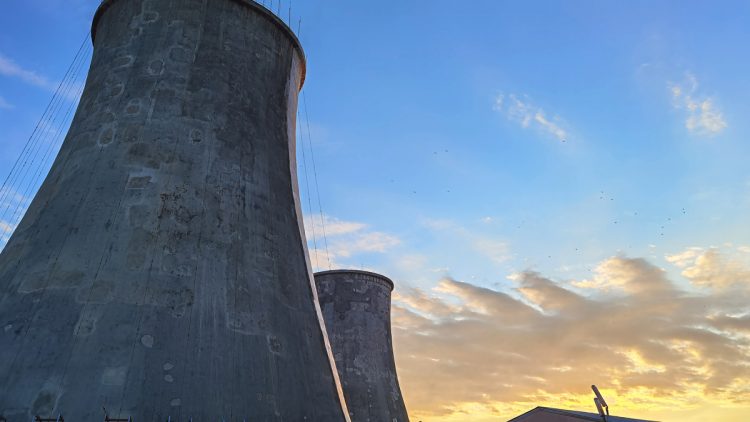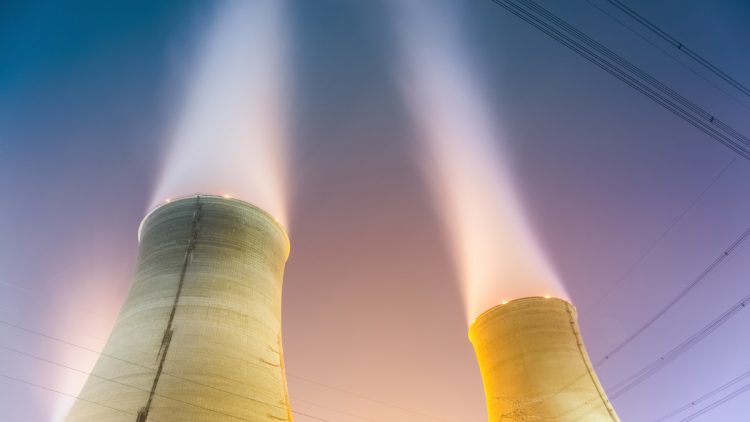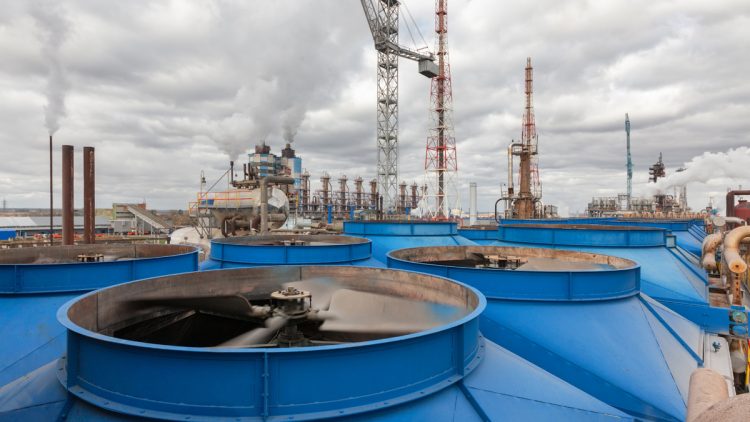Cracked Heat Exchanger Signs
The predominant method for this task in most residences is the utilization of a furnace. A crack in the furnace’s heat exchanger can result in expensive repairs. The following are the most prevalent signs of a fractured heat exchanger.
Indicators of a Compromised Heat Exchanger
A fractured heat exchanger poses a significant risk to homes as it can generate a substantial health hazard. The heat exchanger is a metallic vessel located within a furnace, tasked with capturing hot combustion gases from the burners.
The thermal energy from the gas will be transmitted to the metal walls, ultimately resulting in the exchanger reaching elevated temperatures. The blower’s air will circulate around the exchanger, absorbing heat before entering the ventilation system. Residual combustion exhaust will be sent through a vent to dissipate harmlessly outdoors.
Nonetheless, if the exchanger is even slightly compromised, harmful combustion gases, primarily carbon monoxide, may infiltrate the air circulated into the rooms. This poses a significant health risk. Below are the indicators of a compromised heat exchanger.
Corrosion
Corrosion and fissures may develop in various furnace components. This may involve the inducer motor or draft diverter box, which might be a significant reason for concern.
Unusual Odors
Malfunctioning heat exchangers can produce unpleasant and powerful scents. The odor typically resembles that of formaldehyde.
Elevated Decibel Levels
Upon activation of your thermostat, a noticeable rattling sound may be audible. This signifies a fracture in the heat exchanger.
Upon heating the metal heat exchanger, one may perceive rattling, pounding, and popping sounds.
Presence of Carbon Monoxide
A malfunctioning heat exchanger can permit carbon monoxide to into your residence. Regrettably, only a carbon monoxide detector or alarm can alert you to its existence.
To mitigate this potential risk, it is advisable to have your furnace and heating system tested annually.
Accumulation of Soot
The accumulation of white soot around or within the burners of your furnace may signify the presence of cracks.
The Appearance of Flame Varies
The flame must consistently exhibit a blue hue. Orange or yellow pigmentation is unusual.
Phoenix Valley Chiller & Cooling Tower Maintenance
If you need chiller maintenance or cooling tower maintenance to get the most of your equipment All Kote Lining Inc. is here to help. We can maintain your equipment so it is more efficient and lasts longer. That means you save money as it operates and won’t have to spend money replacing it as soon. Our services are through and can be ordered on a regular basis to ensure your equipment stays in top notch condition.
Call Today – 480-966-4446

